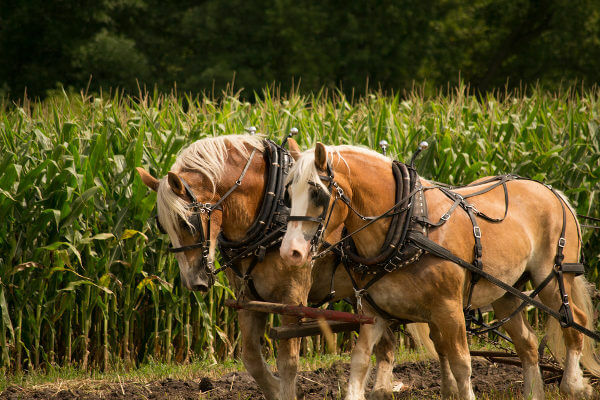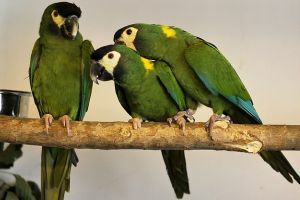Kingdom animalia
Phylum Chordata
Class Mammalia
Order Diprothodontics
Family Phascolartidae
Gender Phascolarctos
SpeciesPhascolarctos Cinereus
Koalas are uniquely found in Australia. Its size can reach eighty centimeters in length; and the mass, fifteen kilos. Such mammals have dense fur, usually gray or brown, and white on the ventral region. The eyes are set considerably apart and the muzzle is quite characteristic: short, flat and with large nostrils. The tail is absent, the ears are large and hairy, and five toes are found on all of its paws. All of them, except the hind thumbs, form claws. Only females have a marsupial pouch, also called a marsupium, located on the back.
It is on the baby carrier that the baby will stay for most of its development. At birth, a little over a month after fertilization, it goes to this structure, where it will remain for approximately six more months, until its complete formation. After that, he will spend much of his time clinging to his mother, returning there only to nurse and sleep. From twelve months of age, koalas are already independent, being able to reproduce between 3 and 4 years; and live for 20 years.
The reproductive season lasts approximately four months, with the sexual act performed in a few seconds, in an upright position, on eucalyptus branches. Males are polygamous, and do not develop parental care for their offspring.
This animal is rarely seen on the ground, as it usually lives in the canopy of eucalyptus – this habit is aided by its resistant claws. Herbivorous, it feeds solely on the leaves of a few species of this plant, from which it also draws water in quantities necessary for its survival. Thus, this name, koala, is not by chance: in aboriginal language, it means “one who does not drink”.
Do not stop now... There's more after the advertising ;)
Still on food relationships, the koala has few natural predators. The main ones are the wild dog (Lupus dingo kennels), which feeds on the most debilitated; and the human being, in this case, the aborigines.
However, what most affects their populations are droughts, fires, and the destruction of their habitat. Such factors make the survivors' main option to migrate to other regions. Not rarely, they come close to human dwellings, increasing the risk of being run over, or even hunted by guard dogs found there.
In the past, with the arrival of the Europeans, these peoples started to use the skin of the koalas as a trophy and raw material for adornments, which also contributed to the reduction of individuals in Australian territory.
Thanks to conservation actions such as the protection of the species, provided by the government; awareness of natives, creation of sanctuaries and reintroduction of the species in regions where they were already in extinction; Koalas are currently out of danger, according to the International Union for the Conservation of Nature and Natural Resources, IUCN.
Curiosities:
- Koalas are not bears, as they do not belong to the Carnivora Order and Ursidae Family.
- When necessary, koalas can swim, being considerably good at this task;
- Koalas eat about half a kilo of leaf daily;
- When threatened, they hide rather than flee.
By Mariana Araguaia
Biologist, specialist in Environmental Education


